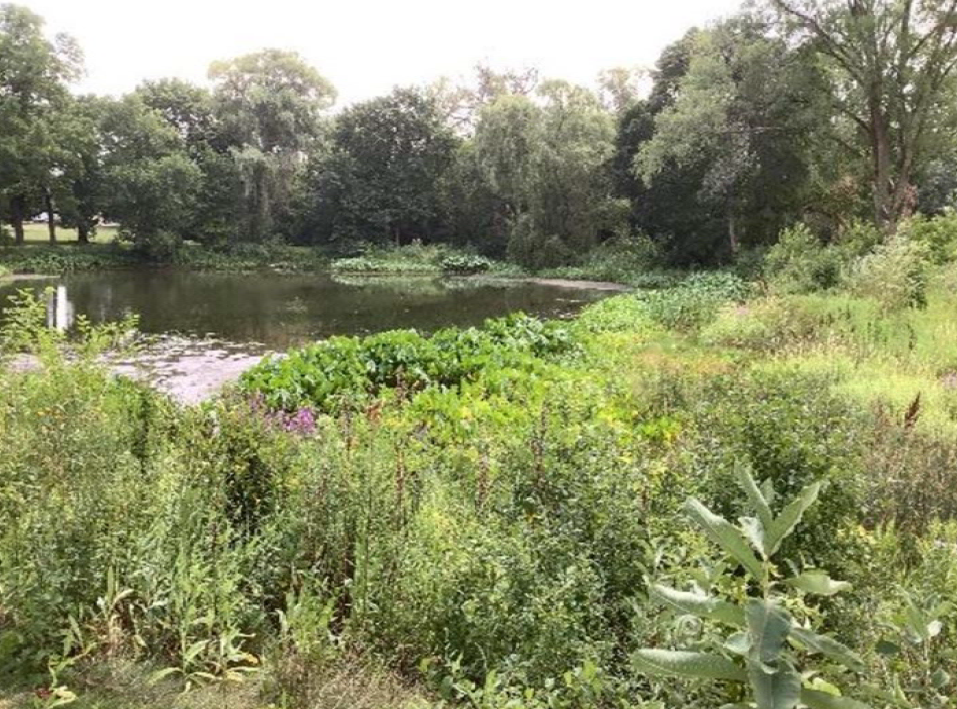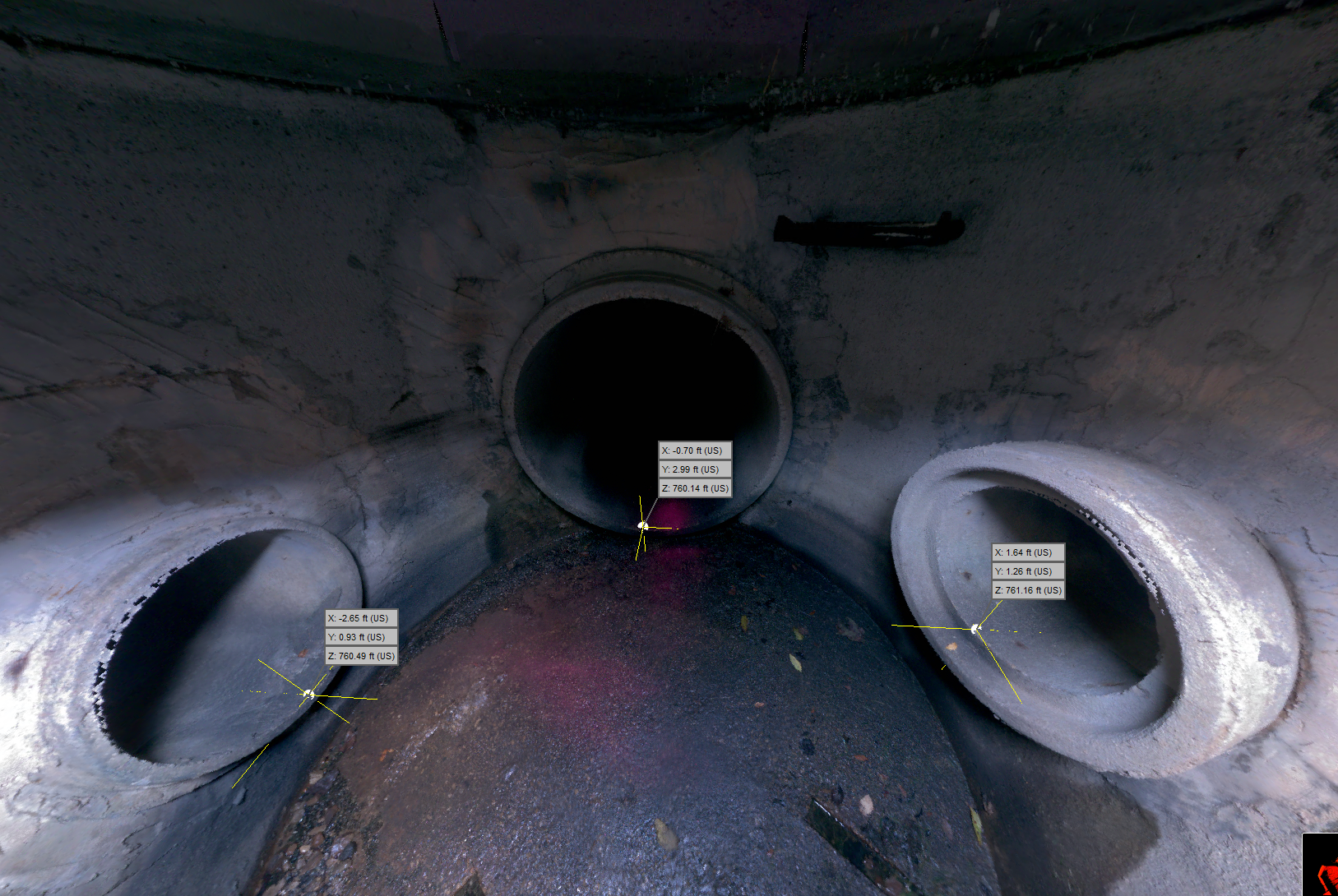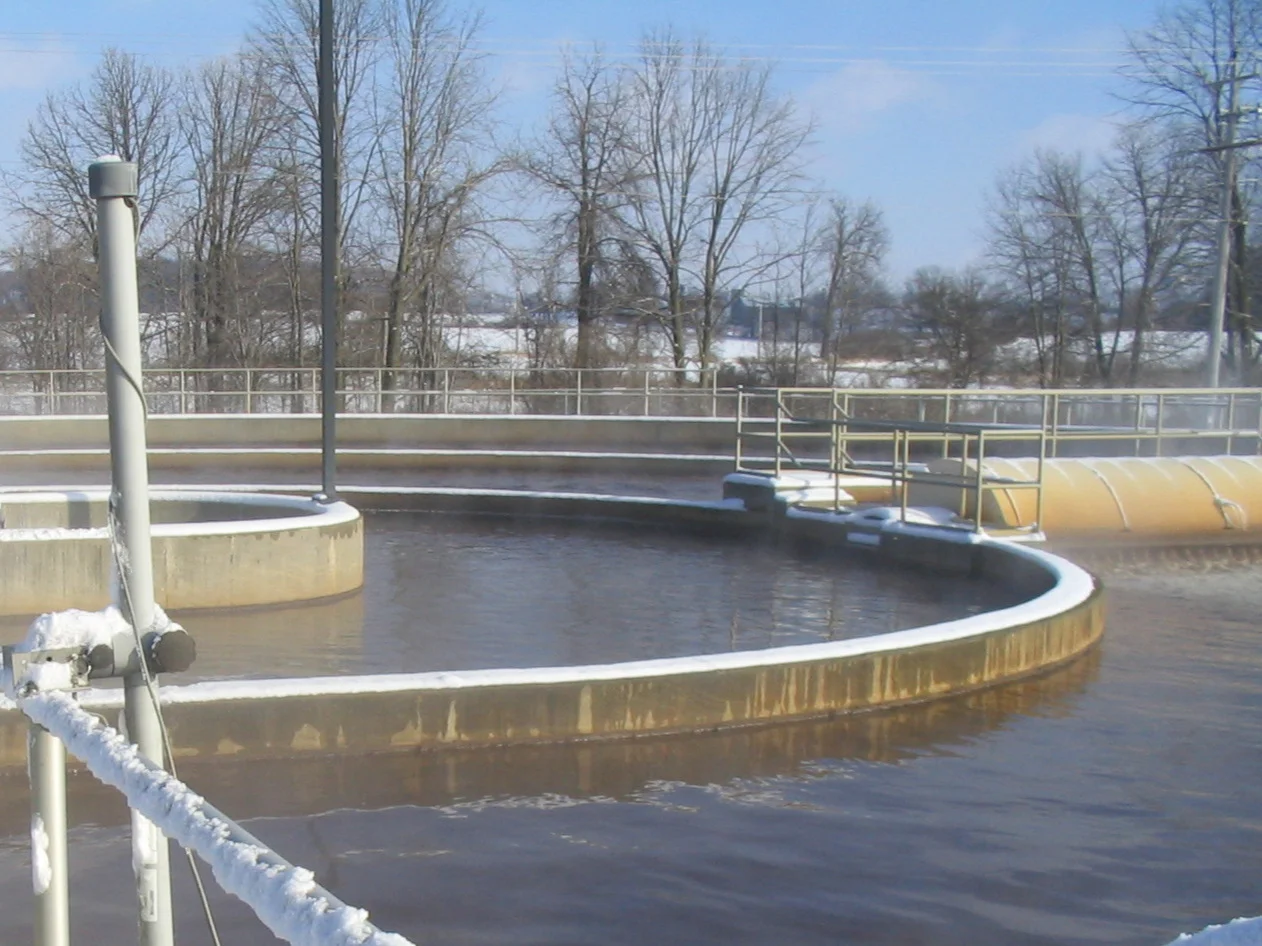Persistent sewer backups plagued a Thiensville neighborhood during heavy rains, with infiltration from aging pipes suspected as the culprit. Learn how the Village teamed up with R/M and MMSD to use innovative techniques to reduce infiltration (PP/II) and address sewer backups at no cost to homeowners.
Facing stricter phosphorus limits, the Stephensville Sanitary District teamed up with R/M and the Wisconsin Water Quality Clearinghouse to find an innovative solution. Through Water Quality Trading, they’re balancing phosphorus levels, reducing chemical use, and saving costs. Discover how this collaboration is setting a new standard for phosphorus reduction.
Unprecedented federal and state funding has led to a surge of municipal right-of-way permit requests from private utility companies looking to install community-wide fiber and rural broadband network infrastructure. However, projects of this magnitude place considerable demand on municipal staff and community resources. We’ve compiled a checklist of duties and best practices to prepare your community and safeguard your existing infrastructure.
Municipalities are always looking for ways to improve how they share and communicate with their residents. With the emergence of ArcGIS Hub sites, R/M has helped several communities do just that. Common inquiries by residents about geographical information such as garbage collection, zoning codes, and snowplow routes can be answered through information accessed in their municipality’s Hub site.
Water rate cases now allow utilities to include projects that will be completed at any point in the year after the test year. Before this change, utilities could include costs only for projects that would be completed in the first half of the year following the test year. This change expands how useful conventional rate cases are for utilities, especially with many utilities experiencing project delays due to supply chain or labor issues.
Stream restoration is a technique that stabilizes channels in the current environment while working to accomplish common goals like reducing erosion of the channel beds and banks, improving water quality, and improving in-stream habitats. Learn what to look for, funding sources, and how your community can fund from a stream restoration.
The Wisconsin Department of Natural Resources (WDNR) administrative rule process for two common forms of perfluoroalkyl and polyfluoroalkyl substances (PFAS) has ended, resulting in new standards for drinking water and surface water. Learn about the new rules and procedures to prepare your community.
Are you considering filing an electric rate case with the Public Service Commission of Wisconsin (PSCW)? We have outlined the steps to both the municipal electric conventional rate case process as well as the processing of the submitted application.
If train horns are keeping your residents up at night, it might be time to establish a Railroad Quiet Zone in your community. Learn how a Quiet Zone can help improve your residents’ quality of life by reducing the noise pollution caused by train horns without posing a risk to public safety.
The Milwaukee Metropolitan Sewerage District (MMSD) recently partnered with District landowners to install green infrastructure devices through the Green Infrastructure Partnership Program. The program was established to help MMSD reach its goal to implement 10 million gallons of green infrastructure annually and achieve TMDL compliance. Learn how R/M helped the District make progress towards those goals through an efficient, streamlined green infrastructure inspection and maintenance program.
The City of Watertown recently embarked on a comprehensive capital improvement plan to rehabilitate their aging storm sewer system. Learn how they used state of the art technology to complete a smarter system inventory.
Infiltration and inflow (I/I) can cause significant problems for your municipality and its residents. Here are a few tips to help your community maintain an efficient and cost-effective sanitary sewer system by identifying, mitigating, and preventing I/I.
Beaver Creek is a tributary to the Milwaukee River running through the heart of the Village of Brown Deer. Recently, the Village partnered with R/M to transform a struggling eight-foot-wide channel of the creek, and its adjacent multi-use pedestrian trail, into a thriving community corridor.
Learn how R/M helped the City of Oconomowoc save energy and costs by improving their WWTF grit removal system, and how we worked with Columbus Water & Light to evaluate their current water system and plan for future community growth.
The City of Greenfield recently struggled with storm events flooding Wildcat Creek to the point of frequent over-topping, structure flooding, and bank erosion. Learn how the experts at R/M helped improve and stabilize Wildcat Creek.
The state of Wisconsin has experienced a record-breaking amount of precipitation over the last decade, resulting in billions of dollars in flood damage to homes, businesses, and public infrastructure. Fortunately, there are resources available and steps you can take to prepare for increasingly severe weather and minimize your municipality’s risk of flood damage.
R/M recently partnered with the City of Columbus to coordinate a water quality trade with Nasco, a neighboring industrial point source located within the Rock River Basin. Keep reading to learn how our team helped Nasco and the City protect the Rock River and comply with their permit limits.
In July of 2020, roughly 50,000 people will flood Milwaukee and its surrounding communities for the Democratic National Convention (DNC). Whether your municipality is adjacent to the City of Milwaukee or 60 miles away, the DNC will likely have an impact on your residents and businesses. In order to make the most out of this opportunity, preparation for an event of this scale needs to start now. Here are our best tips to help your community thrive during the DNC.
Process instrumentation is an often overlooked, yet incredibly important component of wastewater treatment operations in small to medium size wastewater treatment facilities. Learn how the City of Hartford Water Pollution Control Facility (WPCF) implemented additional process instrumentation to enhance their operations.
Process instrumentation and overall solids management are two often overlooked, yet incredibly important components of wastewater treatment operations in small to medium size wastewater treatment facilities. Learn how effective process instrumentation and management of the downstream solids process can greatly improve your facility operations.





















